Strategy Overview
During 2022, to better align with the evolving ESG challenges and our stakeholder led materiality assessment, we have extensively reviewed our sustainability strategy.
There have been two principal triggers for this review. The first is that we have successfully completed the first phase of our strategy journey with the delivery of progress on our targets for 2022, and we now need to map out the next stage and ensure that it remains relevant and ambitious. The second trigger is that we purchased two businesses in 2022, Texon and Rhenoflex, which produce and supply structural components to the footwear industry. Since these businesses are working with different textile components to Coats we need to ensure that our strategy fully encompasses their business issues.
Having completed our biennial materiality assessment in 2021 we reviewed the latest ranking of key issues against our strategy. We concluded that all the key issues and target areas remain relevant but that there is a need to reprioritise issues due, in part to evolution of the external sustainability criteria and in part to the progress we have made in addressing issues in our business. We are therefore subtly revising our 5 pillar strategy to reflect these changes.
The roadmap set out to the right outlines our strategy to delivering our commitment to Science Based Target Initiative (SBTi) Net-Zero target in 2050 and our interim SBTi targets in 2030.
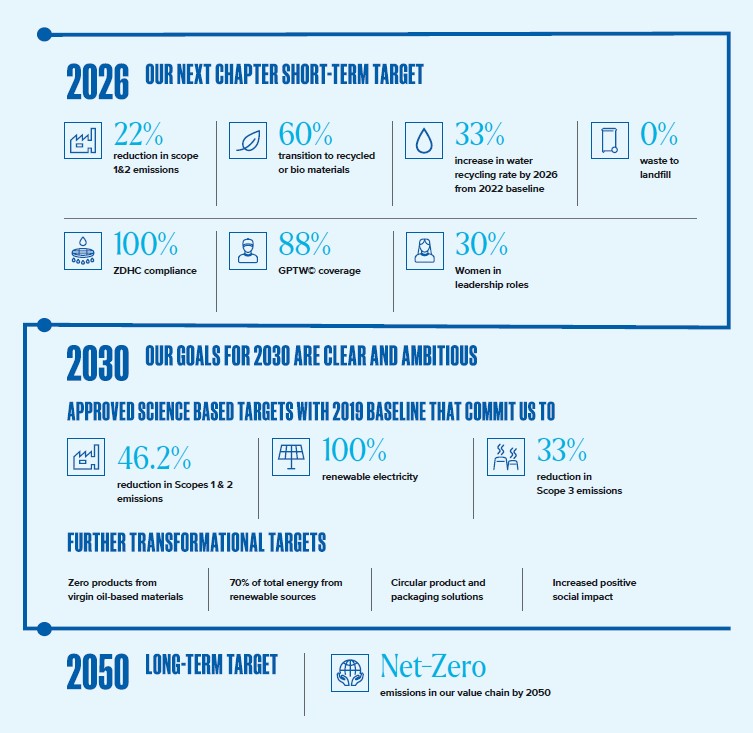
Our Strategy Framework
Our materiality assessment, described in this report on page 63 is the basis for our strategy framework. The key issues of importance to our stakeholders and relevant to the delivery of our business strategy have not changed markedly, but the climate and people related issues have gained in profile in recent years and it is therefore right to fine tune our strategy framework to ensure that it is aligned to the needs of the business over the next stage of our journey.
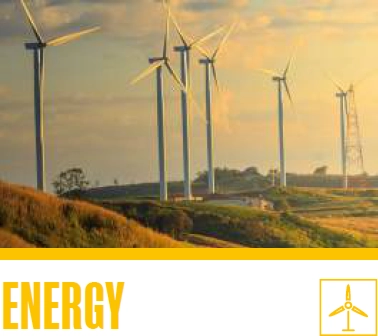 |
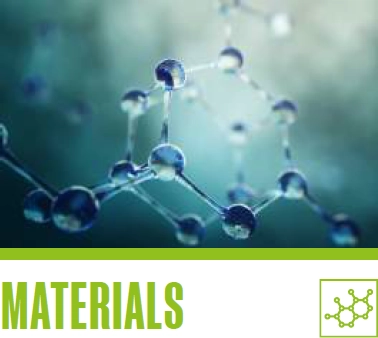 |
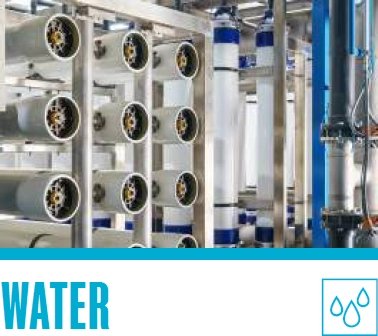 |
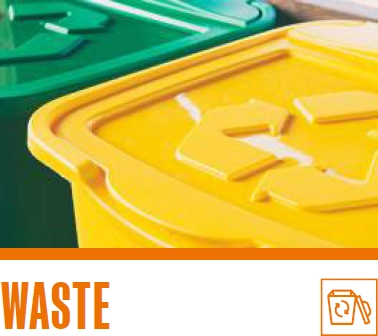 |
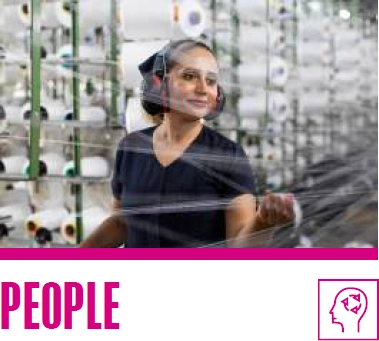 |
| Our processes rely on energy, mainly for kinetic and thermal purposes. Our use of energy causes emissions of greenhouse gases that contribute to climate change. Reducing emissions through more efficient use of energy and using less emitting sources of energy is crucial to combat climate change. | The materials we use to make
our products are largely oil based
and are energy intensive in
terms of upstream production. They are our main overall source of greenhouse gas emissions. Transitioning to materials with lower inherent emissions, by moving to recycled or bio-based materials is a priority to combat climate change. |
Some of our processes,
especially dyeing, are intensive
users of water. Many of our plants
are in areas of water stress. Ensuring that we are minimising the additional water stress that we are causing through our operations is important to other users and to the environment. |
We produce solid and liquid waste in our processes. Through all our processes we need to ensure that we recover as much material as possible from waste streams and that we are then ensuring that any residual waste product is dealt with responsibly and with the smallest impact on the environment. | Our employees, their families, our neighbouring communities and those in our wider value chain are all the people that are immediately touched by our business. We have a responsibility to them all and our policies, procedures and programmes are there to ensure that safety, wellbeing, fairness, equality, diversity and opportunity are part of that relationship. |
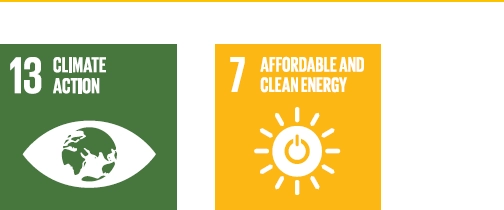 |
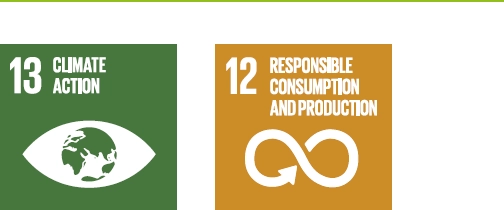 |
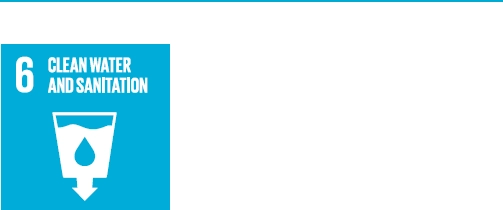 |
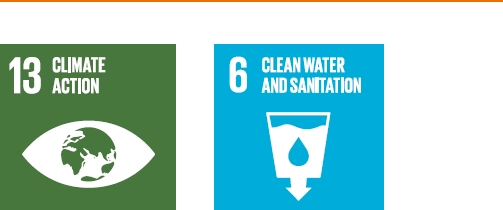 |
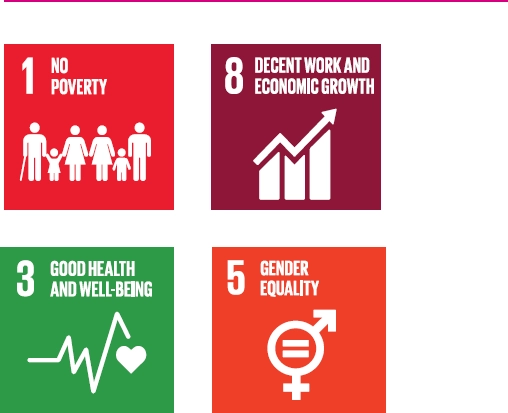 |
Across this strategic framework we have identified the most important metrics to track us on our journey with the next shortterm milestone being 2026.
Beyond 2026 we already have in place some aspirations for 2030 and our commitment to interim Science Based Targets for emissions reduction and our aspiration for net-zero in our entire value chain by 2050 which is currently being assessed by Science Based Targets initiative. These metrics and targets are shown in the table on the right.
| STRATEGY PILLAR |
2026 MILESTONE TARGETS | 2030 ASPIRATIONS |
2030 SBTi COMMITMENTS |
2050 TARGET |
|||
| METRIC | 2022 BASELINE |
END 2026 TARGETS |
|||||
| ENERGY | % reduction in Scopes 1&2 CO2e emissions |
212.3k TONNES |
22% REDUCTION |
70% of energy to come from renewables |
-46.2% in Scopes 1Œ2 emissions vs 2019 baseline |
Net-Zero emissions in our value chain |
|
| MATERIALS | % volume free from new oil- extraction raw materials |
26% | 60% | 100% | -33% in Scope 3 emissions vs 2019 baseline |
||
| WATER | % of water to be recycled | 23% | 33% INCREASE IN RECYCLING RATE |
||||
| WASTE | No waste to landfill | 1.96k TONNES |
ZERO TO LANDFILL |
||||
| All effluent to meet ZDHC limits |
92% | 100% | |||||
| PEOPLE | % employees in units with Great Place to Work certification |
86% | 88% | 90% | |||
| % of females in Senior Leadership positions |
21% | 30% | 40% | ||||
Summary of Progress Against Our 2022 Targets
When we established our 2022 targets in late 2018 we were clear that we were giving ourselves some very ambitious targets.
Our aim in setting the bar high was to challenge ourselves to achieve more than we might otherwise think feasible. The journey to 2022 has been one of exploration as we have developed and trialled multiple different initiatives to achieve these targets. Some of these have been successful while others have not, but the combined impact of them has been transformational on the business.
As can be seen in the table to the right, we have achieved or got very close to all of our targets and this is thanks to the motivation and dedication of thousands of our colleagues in finding news ways to do things better. In the commentary on each pillar in this report are some examples of the work done to deliver on this performance across the business.
| STRATEGY PILLAR |
2022 TARGET |
2022 PERFORMANCE |
% ACHIEVEMENT VS TARGET |
| ENERGY | Reduction of 7% in energy intensity vs 2018 baseline |
Reduction of 10% vs 2018 baseline |
143% |
| MATERIALS | 25% reduction in waste intensity vs 2018 baseline |
25% reduction vs 2018 baseline |
100% |
| WATER | Reduction of 40% in water intensity vs 2018 baseline |
Reduction of 38% vs 2018 baseline |
94% |
| EFFLUENT | 100% compliance with ZDHC effluent standards |
92% compliance | 92% |
| SOCIAL | 80% of employees in countries with Great Place to Work certification |
86% of employees in countries with certification |
108% |
Materiality Assessment
At Coats, identifying the sustainability issues that are of greatest importance to the company and are of most concern to our stakeholders are a vital building block of our sustainability strategy. These materiality assessments, carried out biennially since 2011, are used to inform our wider sustainability agenda, prioritising key sustainability themes to focus on in our strategy development and reporting.
The purpose of these is to identify and assess the environmental, social and governance issues of greatest importance to the company and its stakeholders. The final outcome of the assessment is used to inform our wider sustainability agenda, ensuring that our strategy continues to address the issues of greatest importance.
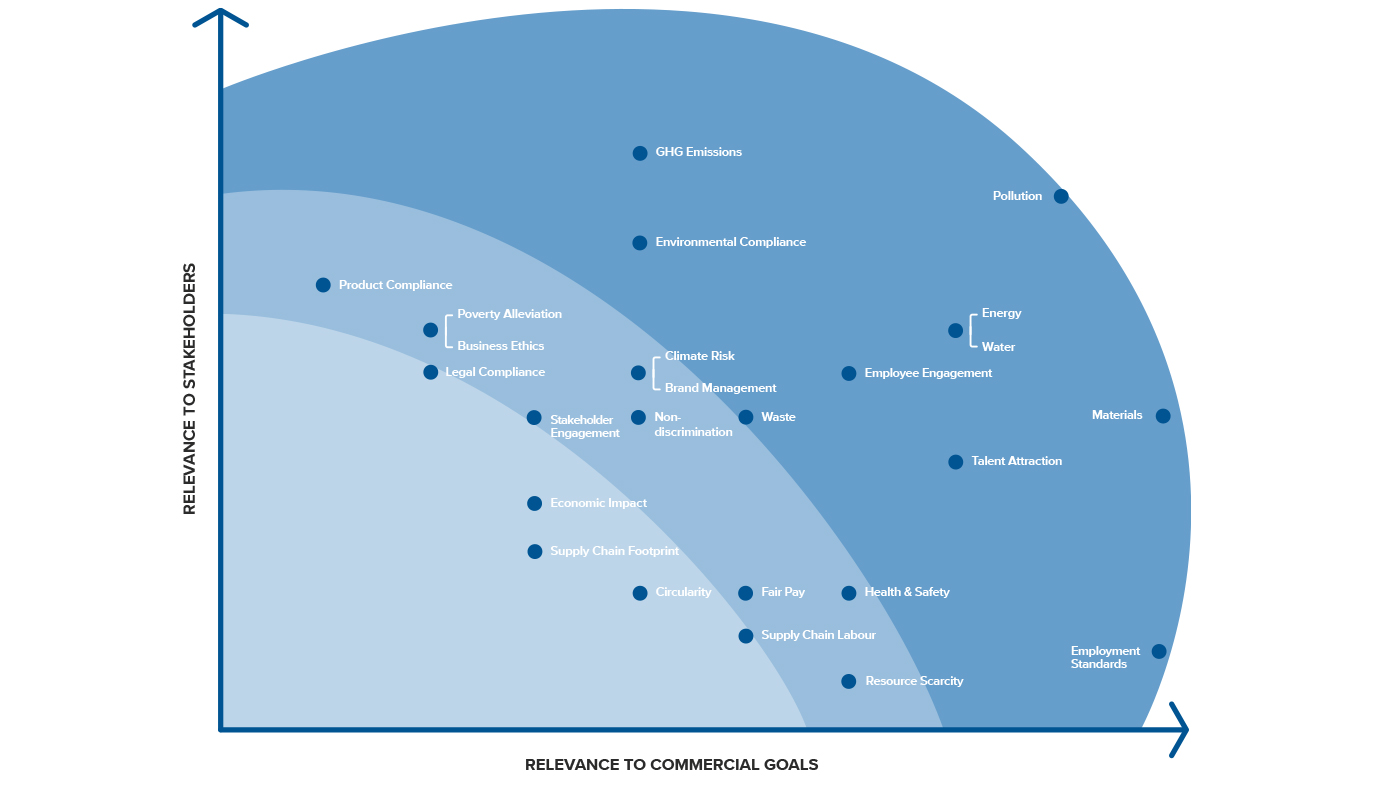
Nevertheless, in our 2021 review, our top ten issues remained quite consistent with only two new issues coming in (GHG emissions and employment standards) with business ethics and brand management being pushed out of that top tier. When reviewed against our current sustainability strategy we concluded there remains extremely good alignment to our material issues. We have now, at the end of 2022, completed our first set of milestone targets, and have needed to set new targets for our next milestone of 2026, as well as incorporating the new acquisitions made in 2022. In order to do that we have completed another review against our materiality assessment and have reconfirmed that the key material issues and broad strategy remain entirely appropriate, but have used the opportunity to increase the focus on both climate-related and social targets as described earlier in this report.
During 2023 we will complete another materiality assessment exercise.
Our top 25 issues are highlighted in the graph to the right, where the axes represent relevance to Coats Commercial Goals (X) and Importance to our stakeholders (Y).
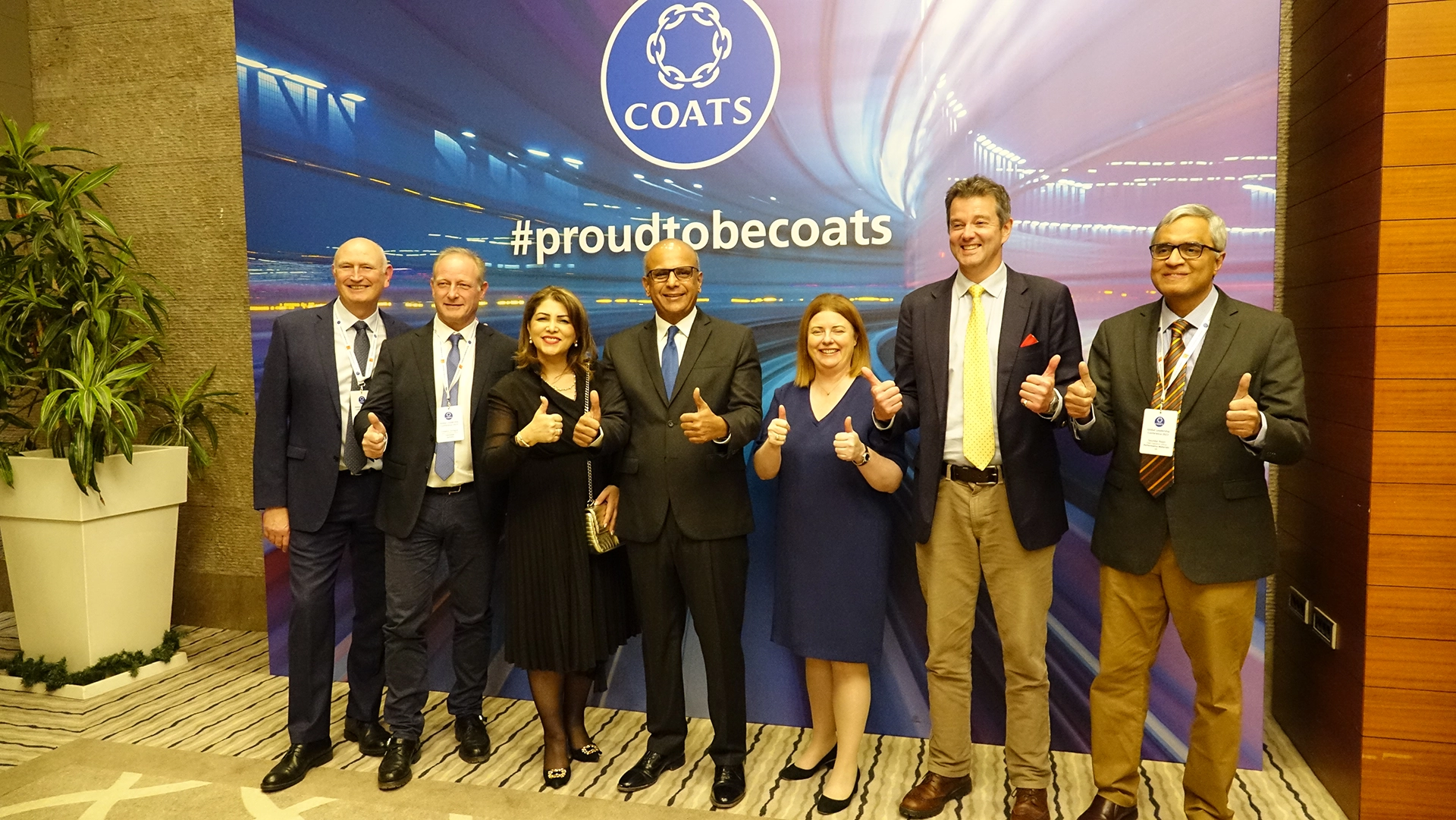
Governance
and Management
The Board of Directors oversees and is ultimately accountable for the sustainability strategy and this involvement was strengthened in 2022 by the creation of a Sustainability Committee.
Stakeholder Engagement
We recognise the importance of understanding our stakeholders’ concerns and priorities and need to make sure that these are represented in our strategies. We do this formally through our materiality assessment as described above, but we also do it through the ongoing contacts that we have with many stakeholders during the year.
Our key stakeholders include our employees, our customers, both our direct customers and the brands that specify the use of our products, our shareholders, the environment around us, the communities in which we operate and our suppliers of products and services.
We maintain links with and seek to understand the views of all these stakeholders both at global and more local levels. More information on our stakeholders can be found in our Annual Report.
